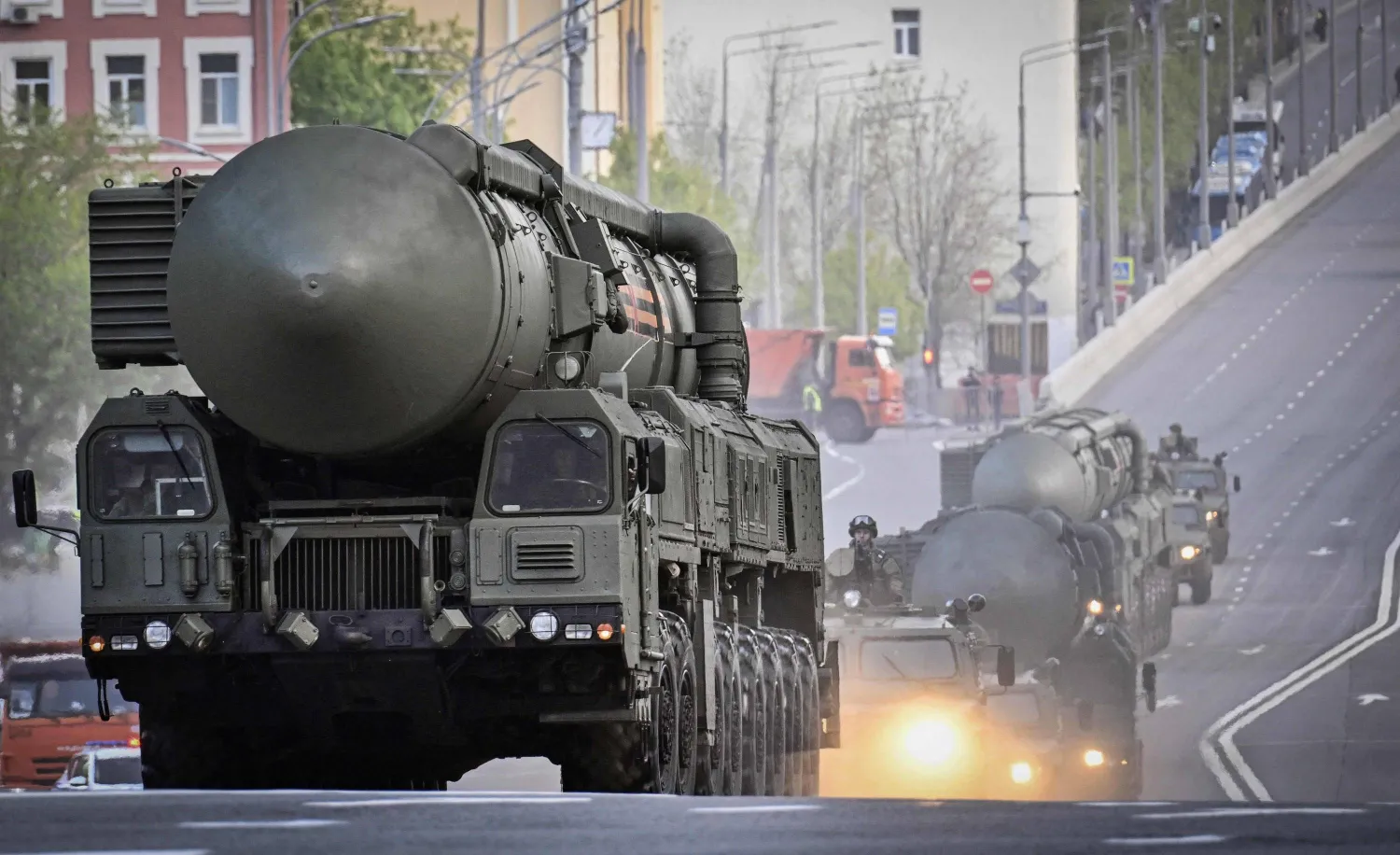By Rasha Awad
The war in Sudan between the army and Rapid Support Forces (RSF) entered its second year with no progress made on reaching a peaceful negotiated solution to the conflict. Some hope appears on the horizon with the announcement that the Jeddah negotiations will resume in Saudi Arabia in two weeks.
On the internal scene, the military escalation has continued on the ground and through military speeches. The situation has raised alarm among experts and observers in Sudan that the country may be headed towards a long war that may lead to the division of the country and the spillover of the conflict into the region, especially in wake of the RSF launching a drone attack on army positions in the eastern city of al-Qadarif.
Eastern Sudan has been largely spared from the war up until the April 9 attack.
Time as a decisive factor
The success of the negotiations will rely heavily on time. If the war stretches on, then new obstacles will emerge that will complicate negotiations. Such complications include defections from the army or RSF.
In this regard, Dr. Bakri al-Jak, official spokesman of the Coordination of Civil Democratic Forces (Taqaddum), warned the war could take on regional and ethnic dimensions, instead of its current ideological and political ones.
There is the possibility that the army and RSF leaderships could lose control over their forces on the ground and that the country could be divided into areas of influence and control, which would be the first step in the division of Sudan, he added.
He therefore underscored the need to speed up reaching a negotiated solution and intensifying regional and international contacts in support of peace to avert the prolongation of the war.
Internal political will
Experts estimate that one year of war has cost Sudan 100 billion dollars. Around 90 percent of factories have been destroyed, 65 percent of agricultural production has come to a halt, and 75 percent of the services sector has stopped functioning. Moreover, wasted opportunities have cost Sudan an estimated 200 billion dollars.
Around 14,000 civilians have been killed, thousands are wounded and reported missing and 11 million have been displaced.
As for the military losses, the army and RSF have both refrained from disclosing figures, but the estimates are that they have both incurred heavy losses.
In spite of these massive losses, neither side has demonstrated the political will to turn to a negotiated solution even though the majority of the millions of Sudanese people want peace.
National and regional determination
Like all wars in the region, the conflict in Sudan is unlikely to come to an end without a national drive to reach peace. It should also be coupled with effective regional and international pressure on the warring parties to agree to a negotiated solution.
Writer and analyst Al-Haj Warraq said several factors will determine whether the war will stretch on or wind down. Among them is whether the United States would come with a unified position on Sudan.
He explained that the US is currently deeply divided between Republican and Democrat strategic visions. President Joe Biden’s Democrat administration itself is divided between supporters of the civilian rule in Sudan and others who would opt for empowering the Islamists (National Congress) under the command of army chief Abdel Fattah al-Burhan.
Advocates of civilian rule, meanwhile, continue to propose “empty general slogans” that offer nothing in specific, continued Warraq.
He went on to say that the declared goals of the American administration are “unachievable” because they don’t follow any specific policy and they contradict Sudan’s democratic leanings. In the end, however, several of the cards to end the war lie in American hands.
“So, the civilian democratic forces need to invest in Washington’s openness to draft a specific policy that would guarantee the end of the war, reestablish the democratic system and restore Sudan’s unity based on real federal foundations,” he stressed.
War and gold
Another significant factor in the war are the networks of looting that are funding it, especially the gold miners and smugglers. Besides financing the war, the networks have led to rampant corruption and bribery in the country.
They have played a role in tearing apart the ranks of the civilian forces. The powers pursuing peace must address this problem with the West and seek sanctions on these networks, which would be a step forward in ending the war.
Another factor that should end the war is the unification of the forces of peace and civilian democratic rule. Warraq said that even though Taqaddum was the largest coalition of civilian forces, “it needs to be more open to the people and include new forces and non-partisan figures.”
It also needs to develop its internal structure to make it more effective, he suggested.
The unification of an effective and united movement of civilian democratic forces will help “remove the legitimacy of the war”, said Al-Jak, who stressed the need for the forces to refrain from adopting the narrative of either of the warring parties. Rather, they should work on stopping them.
*Rasha Awad is a Sudanese researcher and spokesperson of Taqaddum.









